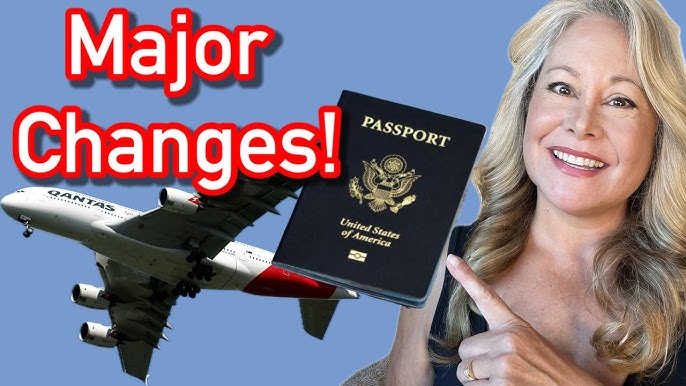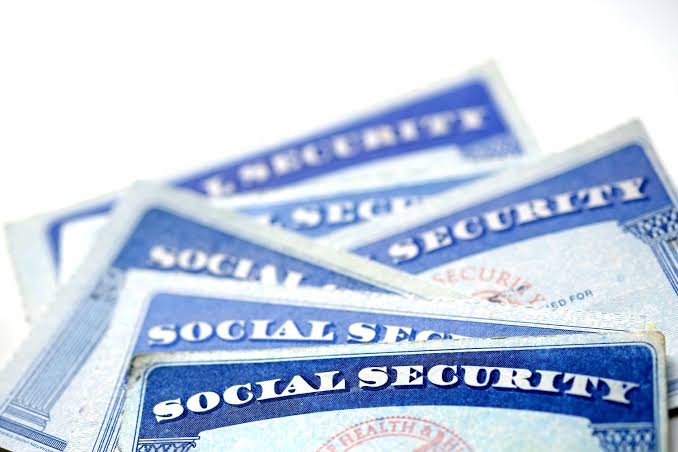If you’re planning to visit the United States in 2025 and think your visa-free status means smooth sailing, think again. The U.S. Visa Waiver Program (VWP), which lets citizens of certain countries visit without a visa, has seen some major shifts this year—some that could leave unsuspecting travelers stranded at the airport.
What Is the Visa Waiver Program?
The Visa Waiver Program allows citizens from 42 specific countries to travel to the U.S. for up to 90 days without a visa, as long as the visit is for tourism, business, or transit. However, this doesn’t mean entry is guaranteed. U.S. Customs and Border Protection (CBP) has the final say once you arrive.
Eligible travelers must still apply online through the Electronic System for Travel Authorization (ESTA). This is not a visa but a mandatory pre-screening process that decides if you’re cleared to board your flight.
Who Can Use the Program?
To qualify for the Visa Waiver Program, travelers must:
-
Hold citizenship from one of the 42 approved countries
-
Use a biometric (e-passport) with an electronic chip
-
Intend to stay in the U.S. for no more than 90 days
-
Travel for business, tourism, medical purposes, or transit
-
Apply for ESTA at least 72 hours before flying
Notably, India is not on the list of VWP countries.
What’s New in 2025?
1. Romania’s Whiplash Inclusion and Exit
In January 2025, Romania was set to become the 43rd country on the VWP list. That announcement triggered excitement among Romanian travelers and tourism operators. However, just months later, in May 2025, the U.S. revoked Romania’s inclusion due to unresolved security compliance issues. This sudden reversal means Romanian citizens still need a visa to enter the U.S.
2. Increased Digital Security Checks
This year also brought stricter digital screening tools to the ESTA process. Applicants now face more in-depth identity verification and risk assessments. These changes aim to prevent security threats but may cause delays or rejections—even for travelers who’ve previously entered the U.S. without issues.
3. Dual Nationality and Travel History Restrictions
If you’re a citizen of a VWP country but have traveled to or hold citizenship in certain nations—including Cuba (post–Jan 2021), Iran, Iraq, North Korea, Syria, and others—you’re likely ineligible for ESTA. Even if your passport is valid and your plans are short-term, you’ll need to apply for a full visa through a U.S. embassy.
4. Don’t Try to “Reset” the Clock
Some travelers attempt to extend their stay by briefly leaving to Canada or Mexico and then returning to the U.S. under the VWP. That won’t work—the 90-day limit still applies across adjacent countries. Once your time’s up, you must leave the continent entirely.

How to Apply for ESTA in 2025
-
Visit the official ESTA website (watch for scams).
-
Fill in your biographical details, travel plans, and answer security questions.
-
Pay $21 online—this covers both processing and authorization.
-
Wait for approval, usually within 72 hours. If denied, you’ll need to apply for a full visa.
-
ESTA is valid for two years, or until your passport expires—whichever comes first.
What Travelers Should Do Now
Before you finalize your travel plans, take a few smart steps:
-
Confirm your country is still on the VWP list
-
Check that your passport is biometric and not expiring soon
-
Apply for ESTA early—do not leave it for the last minute
-
Be honest about your travel history and dual citizenship
-
If you’ve visited or hold ties to restricted nations, prepare for a visa application
Final Thought
The U.S. may seem just a flight away for millions of global travelers, but the 2025 changes to the Visa Waiver Program show that even frequent visitors need to stay alert. With increased digital scrutiny, changing eligibility rules, and tighter enforcement, it’s never been more important to double-check your travel status before takeoff.



